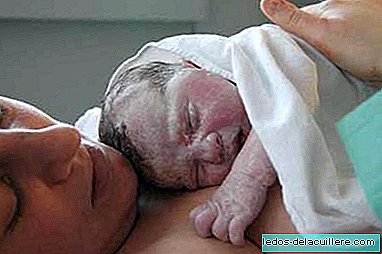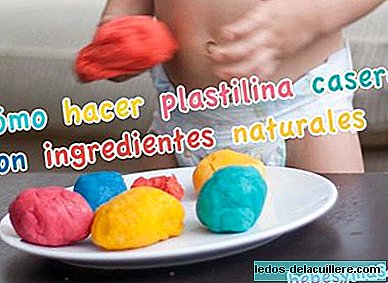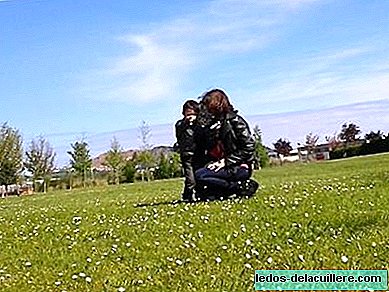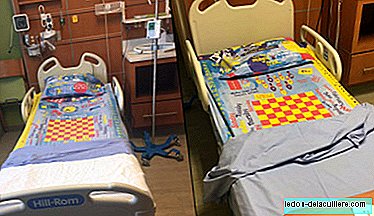
Many fathers (and mothers) are surprised at the time of delivery when they see their baby covered with a whitish-grayish-colored oily substance called vernix caseosa or sebaceous spot.
Vérnix means "varnish" in Latin, while cheesy comes from the word "caseus" which in Latin means "cheese." It is composed of 80% water, 10% fat and another 10% protein.
It begins to secrete around the 20th week of gestation to protect the baby's delicate skin from the irritating effects of amniotic fluid and dehydration preventing it from cracking.
It contributes to the formation of the baby's skin by keeping it isolated from the moisture of the amniotic fluid. Likewise, it is believed that it has a protective function against infections inside the uterus and that it is generated by the sebaceous glands to facilitate the sliding of the baby through the birth canal.
It is formed by a mixture of sebaceous secretions, lanugo and peeling skin cells of the baby. Its consistency is similar to that of cheese, usually accumulates in the back, in the folds of flexion and in the scalp. If there is meconium, the vernix caseosa has a blackish color.
Although it is one of the physical characteristics that the newborn presents, not all babies are born covered with this whitish substance. Its production decreases from week 36 and disappears almost completely at week 41, which would refute the theory that it is secreted to facilitate the passage of the baby through the birth canal. Just a large and mature baby would be the one who would most need the help of the baby to be born.
As soon as they are born, they usually clean the baby to remove the remains of vernix from the skin, although you should not worry if it has not been completely removed as it is usually absorbed by the skin itself. On the contrary, because of its high content in protective properties for the skin, some specialists recommend rubbing it so that it is absorbed naturally instead of trying to eliminate it at all costs for aesthetics or for presenting a clean baby to the parents.












